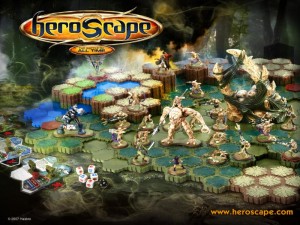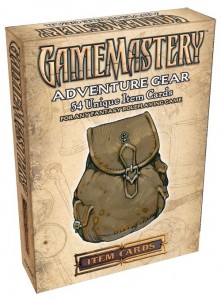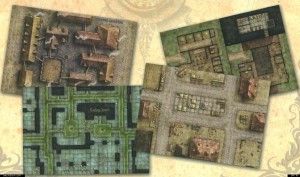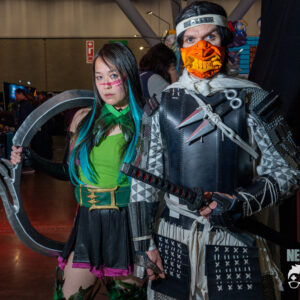Toys at the Table: Props in Role-Playing Games
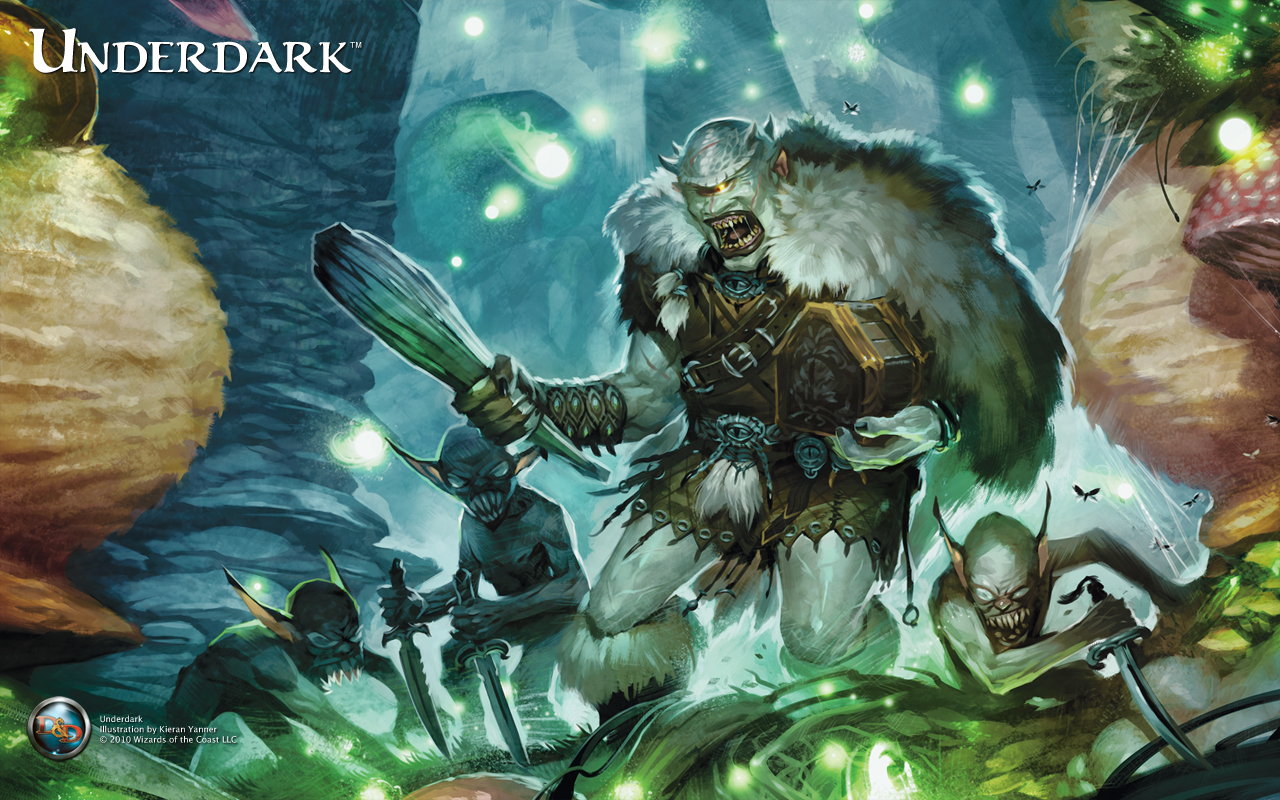
Let face it: RPGs are not a spectator sport. To the outsider, tabletop role-playing games can look awfully dull. When we sit down at the table we don’t have the stunning graphics of a computer game, we tend not to wear the elaborate costumes of LARPers, and – with the exception of miniature-heavy games – we don’t even have the colorful board of Parcheesi players. What we do have are colorfully illustrated textbooks, character sheets that sometimes look like tax-forms, maybe an evocative GM screen, and some dice (admittedly, often lovely shiny dice).
And our words. The GM describes a world for her players, and the players, react to this world, live, play, love, hate, adventure and die in it. If you’ll forgive my channeling Spongebob Squarepants for a moment: RPGs are all about iimmaaagination!
But sometimes, we want something more; our words may occasionally fail us; perhaps we’re tempted by some shiny new product down at the game store; maybe we envy Skyrim players their beautiful visuals. Whatever the reason, sometimes a game needs props.
There are many props available to the creative GM (or player), from lead miniatures to puzzle boxes to crumpled notes found among the ashes. Today, I’d like to look at a few of my favorite props. First, of course, are maps. Every good dungeon, cave complex, or haunted mansion needs a map, but where to find them? The obvious answer for anyone talented in that direction is to draw them yourself. For the artistically challenged like myself, however, that isn’t an option. Floor plans, cavern systems, and schematics can all be found online, with a little perseverance, but I’ve found a valuable resource in old gaming materials. Many of us, somewhere in our stacks of gaming books, have old adventure modules or supplements, like the classic “Keep on the Borderlands” and most of those old gaming aids have maps. Just write new room descriptions and voila! A new map.
Miniatures have seen a resurgence lately, thanks in large part to the new editions of D&D. I will admit, when combat gets crazy, miniatures on a battle mat really clear things up. But miniatures are static; once you buy an ogre with a war club, that ogre always has a war club, even after the paladin has disarmed him. That’s why I like Lego mini-figs. They may be cute, but with their interchangeable body parts and equipment, they can be quickly reconfigured to match the realities of the game. Mix-and-match custom miniature every time!
Most players like visuals. A treasured sword may be even more treasured if the player can see what the relic looks like. Images of weapons and armor can be found in books, catalogues, and online, but also in the wonderful Item Card Decks from GameMastery. These playing-card sized cards each have a beautiful illustration of a piece of treasure or magic item on one side and a short description and room for notes on the reverse. GameMastery has produced over a dozen different decks, each with a different fantasy theme. Just hand one to the player when her wizard discovers a new wand and watch the greed and wonder in her eyes.
Moving from the visual to the audible, a well-chosen soundtrack can add a nice bit of ambience to a game. Fantasy games need stirring instrumentals; horror games need quiet, disturbing music; and Paranoia requires elevator or hold muzak. Historical games, particularly, can benefit from period music. Movie soundtracks are the obvious source, but don’t overlook Classical music, experimental music, or sound effects. With iTunes and its ilk, the whole of music is yours to choose from. Making a playlist for your game is a great way to get yourself and your players in the mood. It can be as simple as soft and continuous background music or, if you’re adept at starting and stopping particular tracks (a tricky task with everything else a GM has to do), you may want to pair specific songs with specific scenes or characters, playing a rousing march for a battle scene or giving a major villain his own theme. You may also want to give your game its own theme song, something to play at the beginning of each session to signal to the players that the game is starting and to get them in the mood.
These are relatively tame suggestions, but sometimes a game calls for wilder props, whether it’s a rollicking game of classic Star Wars complete with Jedi robes, toy blasters, plastic lightsabers, and computerized “opening crawls”; or a session of Little Fears with teddy bears, dollies, and lucky yo-yos; or Paranoia with its mandatory name tags and endless forms. The secret to using these extreme props is twofold: 1) offer the players in-game rewards for bringing their own props; experience points, fate points, or brownie points, whatever your system uses, dish them out liberally and your players will be much more receptive to your wacky ideas; 2) discard your inhibitions: you are going to look silly wearing Jedi robes, doing your raspy Sith-voice, and waving a plastic lightsaber, but as I said at the start, RPGs are not a spectator sport. No one is going to see you but your players, and you’re not afraid of your players, are you?
Alas, nothing is this world is perfect, and gaming props are no exception. There are three main pitfalls to watch for when using props. The first, and simplest, is prop failure. Sometimes a prop just doesn’t work out. While running Call of Cthulhu, I handed the players a suggestive list of local NPCs that I had printed out, some in black, some in red ink. Surprised by the players’ lack of reaction, it was only after the session that I realized that my printer had run out of red ink and that the names in red – the really surprising and sinister names – were missing altogether. I could have avoided all this by just paying a little more attention, but even the best-laid plans can go awry. If a prop fails in mid-session (the computer freezes or your blaster misfires) it’s better to abandon the prop and move on, if you can, than to stop the game and try to fix it. It’s the story that counts, not the special effects.
The second problem with props is their inherent limitations: you won’t find a prop to match every awesome idea you introduce into your game. And while you could change your legendary Sword of Glass & Fire to match a handy illustration, you may be better off forgetting the pretty picture and letting your description wow your players. Just as a radio play can be better than a film with lousy effects, so a game without props is better than a game with the wrong props.
The final, and opposite, problem is one I call “prop overload”. With so many nifty props available it can be tempting to find a prop for everything, a picture of every dagger, a replica for every gun, a miniature for every NPC. But once you use a prop for everything you’ll find that you need a prop for everything. You’ll have to spend more and more time (and money) finding the necessary props, and when you can’t find the right prop you may even find yourself changing your game to suit your props. And when that happens, your props are no longer tools, but hindrances.
Props are great additions to a game: with a little creativity and care (and chutzpah), they give your words new meaning and deepen the role-playing experience for everyone. But we should always remember that the essence of tabletop RPGs is shared imagination, not special effects.

